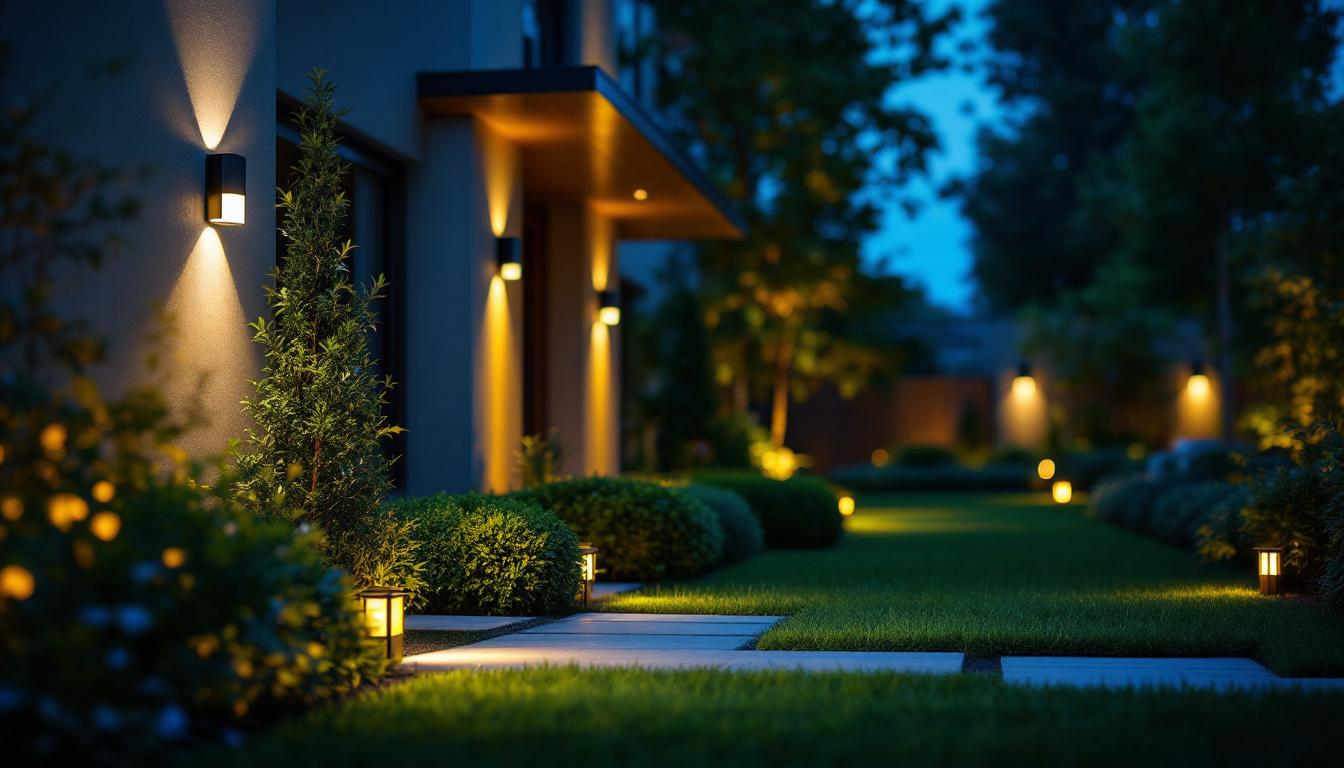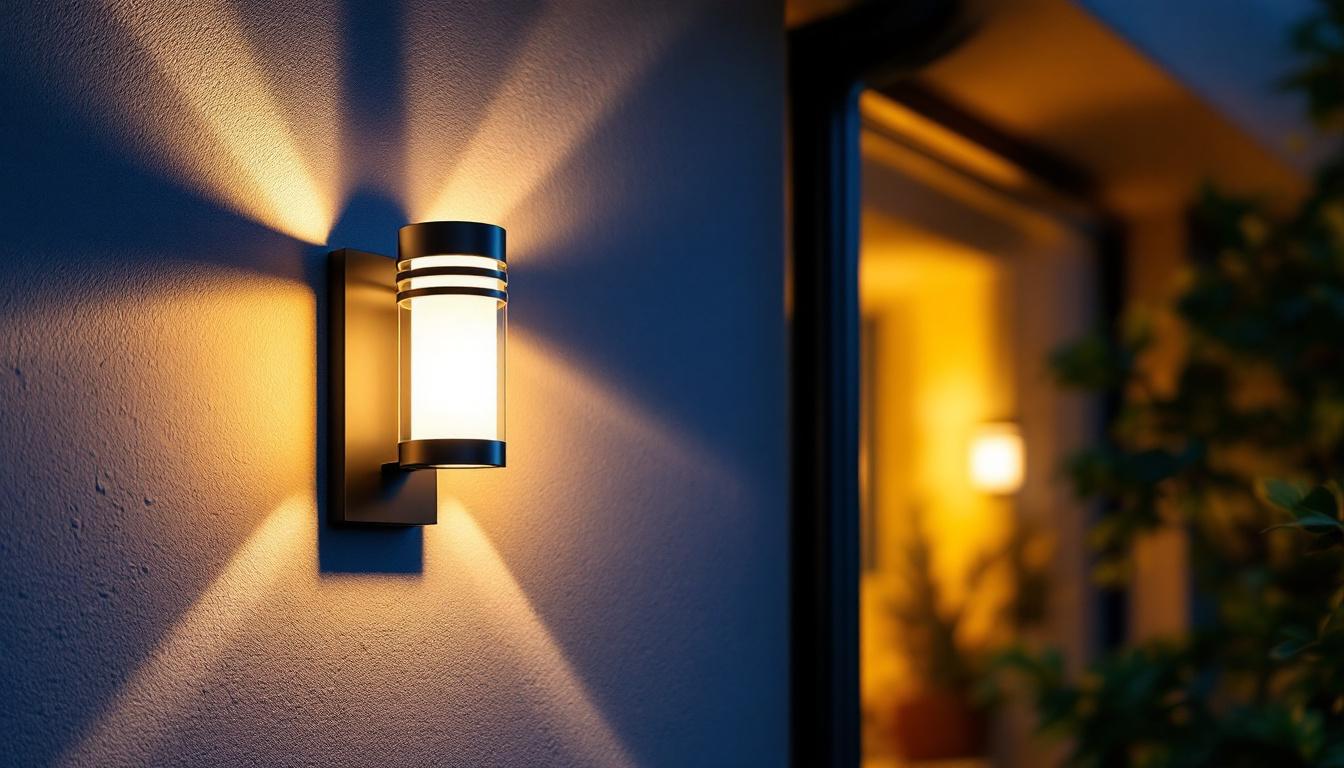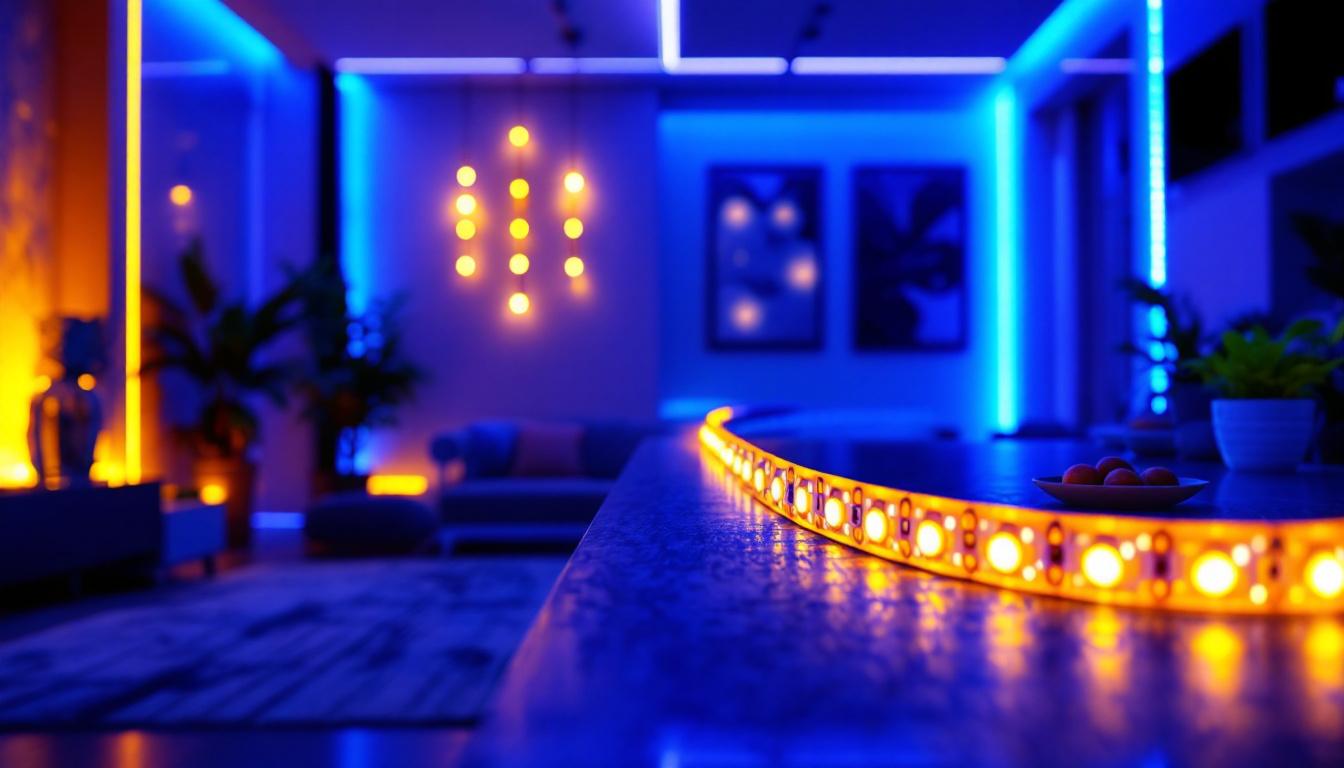
As the demand for energy-efficient lighting solutions continues to grow, LED sensor lights have become a popular choice for outdoor applications. However, even experienced lighting contractors can make mistakes when it comes to the installation and maintenance of these fixtures. This article explores common pitfalls that contractors should avoid to ensure successful projects and satisfied clients.
Before delving into the common mistakes, it’s essential to understand what LED sensor lights are and how they function. These lights are equipped with motion sensors that detect movement within a specified range, automatically turning on when someone approaches. This feature not only enhances security but also conserves energy by ensuring that lights are only on when needed. The technology behind LED sensor lights has advanced significantly, allowing for greater sensitivity and reliability in various environmental conditions, such as rain or snow.
LED sensor lights are available in various designs, wattages, and functionalities, making them suitable for a wide range of outdoor settings, from residential driveways to commercial parking lots. Understanding the specific needs of the application is crucial for selecting the right product. Additionally, many modern LED sensor lights come with adjustable settings, allowing users to customize the sensitivity, duration of illumination, and even the time of day when the lights are active, providing further flexibility and energy savings.
One of the most common mistakes contractors make is selecting the wrong type of motion sensor. There are two primary types: passive infrared (PIR) sensors and microwave sensors. PIR sensors detect heat emitted by objects, making them ideal for detecting human movement. In contrast, microwave sensors emit microwave signals and can detect motion through walls and other obstacles. This distinction is critical, as the wrong choice can lead to false alarms or missed detections, ultimately undermining the purpose of the lighting system.
Contractors should assess the environment where the lights will be installed. For example, in areas with a lot of foliage or obstacles, a microwave sensor might be more effective. Understanding the differences between these sensors can lead to better performance and customer satisfaction. Furthermore, some advanced models combine both technologies, allowing for enhanced detection capabilities that adapt to various conditions, ensuring reliable operation regardless of the environment.
Another frequent oversight is failing to consider the coverage area of the sensor lights. Each sensor has a specific detection range, which can vary significantly between models. Installing lights in areas where the sensor cannot adequately cover the intended space can lead to dark spots and reduced security. It’s also important to consider the height at which the lights are mounted, as this can affect the sensor’s ability to detect motion effectively.
Contractors should take the time to review the specifications of the sensor lights and plan the layout accordingly. Conducting a site assessment can help determine the best placement for optimal coverage, ensuring that every corner of the property is illuminated when necessary. Additionally, factors such as the angle of the sensor and potential obstructions should be evaluated to maximize the effectiveness of the lighting system. By doing so, contractors can create a safer environment while enhancing the overall aesthetic appeal of the property through strategic lighting design.
Proper installation is critical for the functionality and longevity of LED sensor lights. Mistakes during the installation process can lead to a host of issues, from poor performance to complete system failure.
Wiring is a fundamental aspect of any lighting installation, and errors in this area can have serious consequences. Common mistakes include using the wrong gauge wire, failing to secure connections properly, or neglecting to follow local electrical codes.
Contractors should always adhere to the manufacturer’s instructions and local regulations when wiring LED sensor lights. Using the correct gauge wire ensures that the lights receive adequate power without overheating, while secure connections prevent flickering and potential fire hazards. Furthermore, it is essential to ensure that all wires are insulated properly to avoid short circuits, which can not only damage the lighting system but also pose significant safety risks. Regular inspections of the wiring can help identify any wear or damage over time, ensuring that the installation remains safe and effective.
The height at which LED sensor lights are mounted can significantly impact their effectiveness. Mounting lights too high can reduce their ability to detect motion, while mounting them too low may expose them to damage or cause false triggers.
It is advisable to follow the manufacturer’s recommendations regarding mounting height. Additionally, considering the specific environment and potential obstructions can help determine the optimal height for installation, maximizing the lights’ performance. For instance, in areas with heavy foliage or other obstacles, it may be beneficial to mount the lights slightly lower to ensure that they can detect movement effectively. Moreover, adjusting the angle of the sensor can also enhance detection capabilities, allowing for a wider coverage area and minimizing blind spots. Taking the time to assess the surrounding environment before installation can lead to a more reliable and efficient lighting solution.
Outdoor lighting installations are subject to various environmental factors that can affect performance. Neglecting these factors can lead to premature failure of the lights or inefficient operation.
LED sensor lights are designed to withstand outdoor conditions, but not all models are created equal. Some lights may not be rated for extreme temperatures or harsh weather conditions, leading to performance issues over time.
Contractors should select lights that are specifically designed for the climate of the installation site. For example, areas with heavy rainfall may require fixtures with higher IP ratings to ensure water resistance. Understanding the local weather patterns can guide contractors in choosing the right products for their clients.
Light pollution is a growing concern in many communities, and contractors must be aware of local regulations regarding outdoor lighting. Failing to comply with these regulations can result in fines or the need for costly adjustments after installation.
Before commencing any project, contractors should familiarize themselves with local ordinances related to outdoor lighting. This includes understanding restrictions on brightness levels, shielding requirements, and acceptable color temperatures. Being proactive in this area can save time and resources in the long run.
Even after installation, ongoing maintenance is crucial for ensuring the longevity and effectiveness of LED sensor lights. Contractors often overlook maintenance, which can lead to decreased performance and dissatisfied clients.
Regular inspections of outdoor lighting systems are essential for identifying potential issues before they become significant problems. Contractors should encourage clients to perform routine checks on their LED sensor lights to ensure they are functioning correctly.
During inspections, it is important to check for any obstructions that may block the sensor’s view, clean the fixtures to remove dirt and debris, and verify that the lights are operating as intended. Establishing a maintenance schedule can help clients keep their lighting systems in optimal condition.
Many modern LED sensor lights come equipped with smart technology that allows for remote monitoring and control. However, like any technology, these systems require updates to function optimally. Failing to keep software and firmware up to date can result in reduced performance and security vulnerabilities.
Contractors should inform clients about the importance of updating their lighting systems and provide guidance on how to do so. This proactive approach can enhance the user experience and extend the lifespan of the lighting fixtures.
Effective communication is vital in any contractor-client relationship. Misunderstandings can lead to dissatisfaction and costly mistakes. Lighting contractors should prioritize clear communication throughout the project lifecycle.
One common mistake is failing to set realistic expectations regarding the performance and capabilities of LED sensor lights. Clients may have misconceptions about how these lights work, leading to disappointment if their expectations are not met.
Contractors should take the time to explain the features and limitations of the products being installed. Providing clients with a clear understanding of what to expect can help prevent misunderstandings and foster a positive relationship.
After installation, clients may require guidance on how to operate and maintain their new LED sensor lights. Failing to provide comprehensive instructions can leave clients feeling frustrated and unsure about how to use their lighting systems effectively.
Contractors should offer detailed instructions, including information on adjusting sensitivity settings, scheduling features, and troubleshooting common issues. This support can empower clients to make the most of their lighting systems and enhance their overall satisfaction.
LED sensor lights offer numerous benefits for outdoor lighting applications, but they come with their own set of challenges. By avoiding common mistakes related to product selection, installation, environmental considerations, maintenance, and client communication, lighting contractors can ensure successful projects and satisfied customers.
Staying informed about the latest technologies and best practices in the industry will further enhance a contractor’s ability to deliver high-quality lighting solutions. By prioritizing attention to detail and effective communication, contractors can build a reputation for excellence in outdoor lighting installations.
Ultimately, the key to success lies in understanding the unique needs of each project and applying knowledge and expertise to provide the best possible outcomes for clients. With careful planning and execution, LED sensor lights can illuminate outdoor spaces effectively and efficiently.
Ready to elevate your outdoor lighting projects while avoiding the common pitfalls? Choose LumenWholesale for your LED sensor lights and experience the difference that quality and value can make. Our spec-grade lighting products are designed to meet the highest industry standards, ensuring you deliver reliable, high-performance lighting to your clients. With unbeatable wholesale prices and the convenience of free shipping on bulk orders, you can trust that you’re getting the best value without any hidden fees. Wholesale Lighting at the Best Value is just a click away. Partner with us and make every installation a shining success.

Discover the transformative impact of outdoor LED wall sconces on lighting contractors’ efficiency.

Discover why track light bulbs are essential for lighting contractors in this insightful article.

Discover the essentials of industrial light fixtures with our comprehensive guide tailored for lighting contractors.

Discover the transformative impact of flexible LED strips in modern lighting installations.